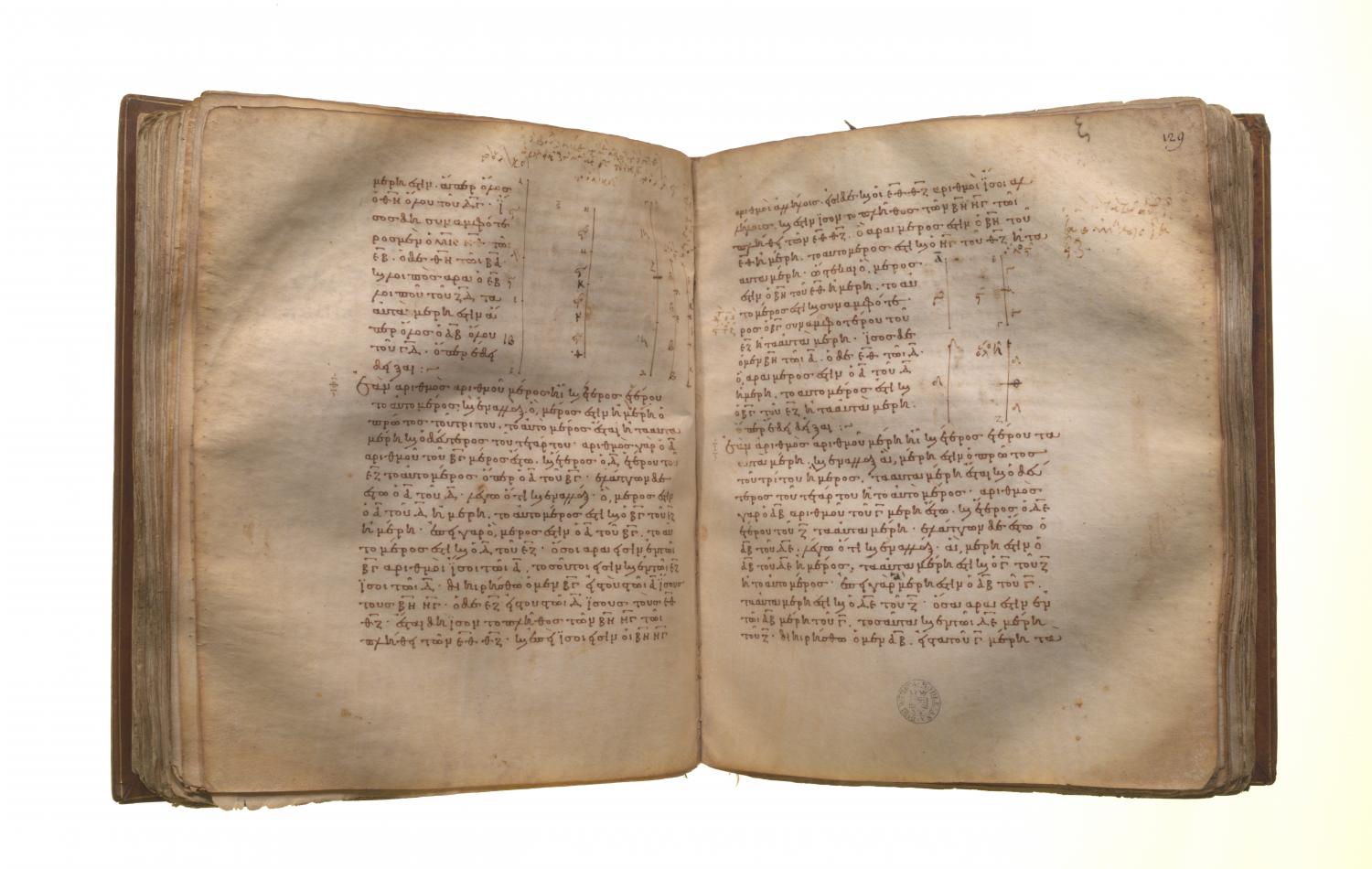Translations
If a number be a part of a number, and another be the same part of another, alternately also, whatever part or parts the first is of the third, the same part, or the same parts, will the second also be of the fourth. For let the number A be a part of the number BC, and another, D, the same part of another, EF, that A is of BC; I say that, alternately also, whatever part or parts A is of D, the same part or parts is BC of EF also. For since, whatever part A is of BC, the same part also is D of EF, therefore, as many numbers as there are in BC equal to A, so many also are there in EF equal to D. Let BC be divided into the numbers equal to A, namely BG, GC, and EF into those equal to D, namely EH, HF; thus the multitude of BG, GC will be equal to the multitude of EH, HF. Now, since the numbers BG, GC are equal to one another, and the numbers EH, HF are also equal to one another, while the multitude of BG, GC is equal to the multitude of EH, HF, therefore, whatever part or parts BG is of EH, the same part or the same parts is GC of HF also; so that, in addition, whatever part or parts BG is of EH, the same part also, or the same parts, is the sum BC of the sum EF. [VII. 5, 6]
